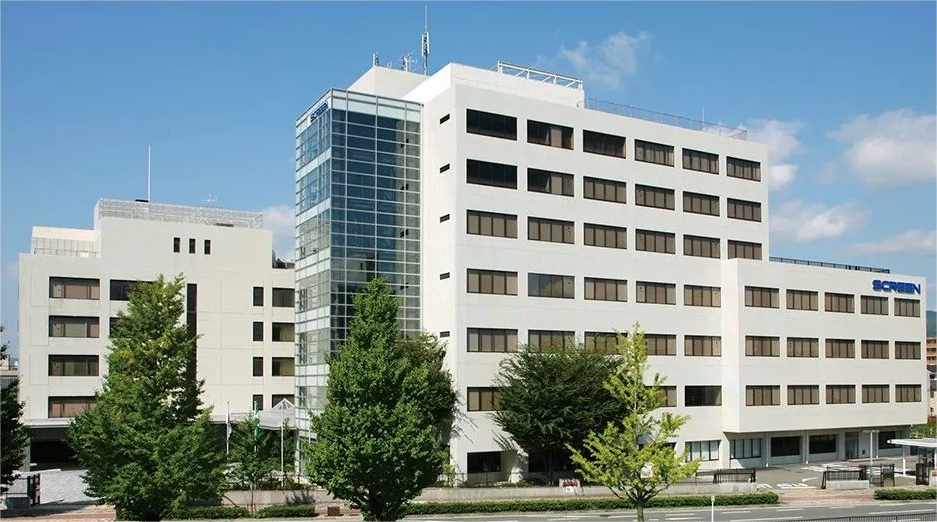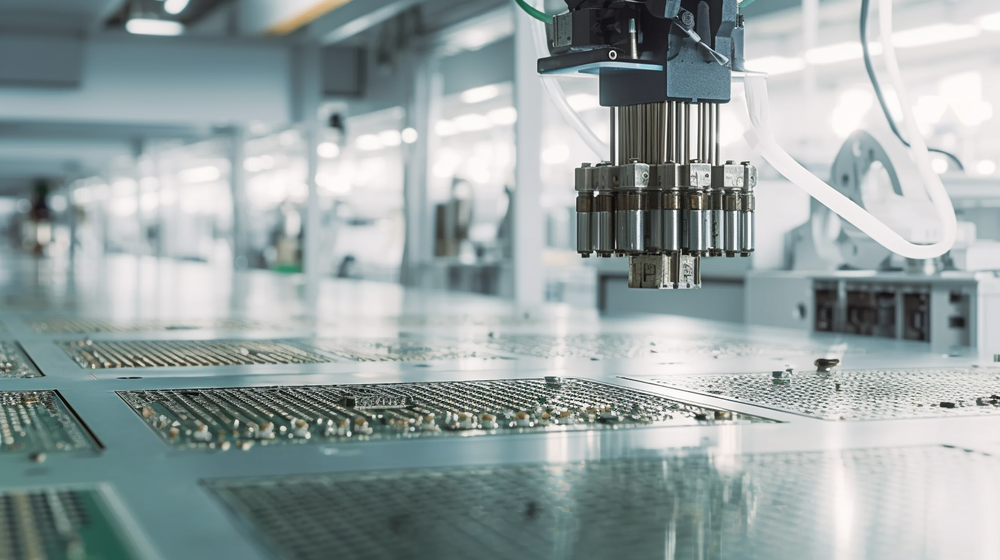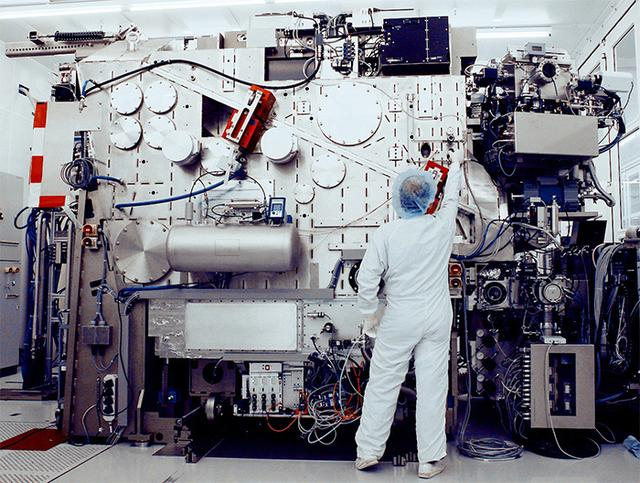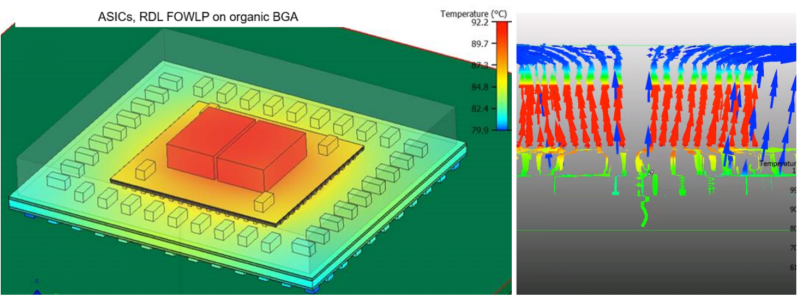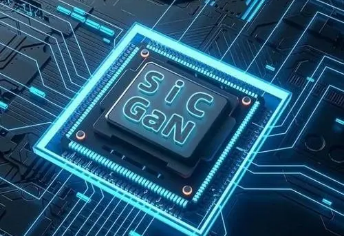The most complete summary of the ten structural ceramic forming processes
Ceramic forming is an important part of the ceramic preparation process, the forming technology to a large extent determines the uniformity of the body and the ability to prepare complex shaped parts, and directly affects the reliability of the material and the cost of the final ceramic parts.
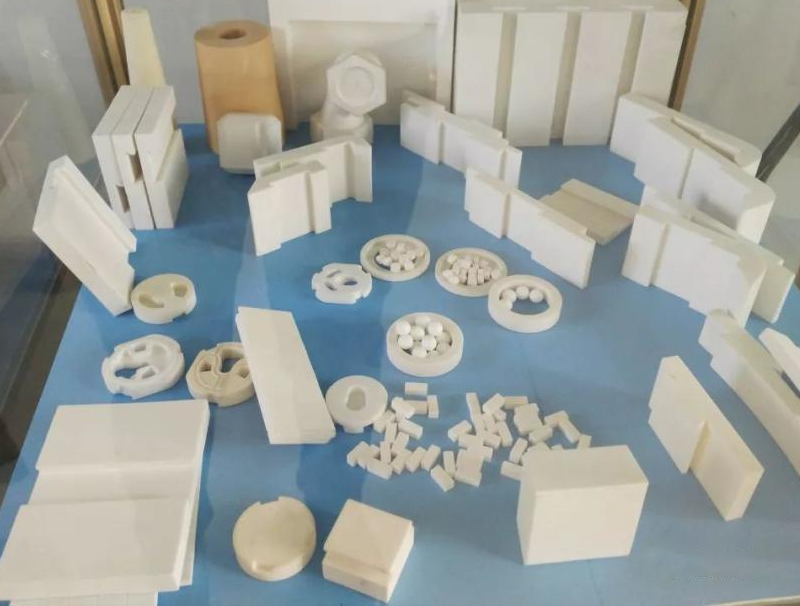
Dry pressing
Also known as die molding, is one of the most commonly used molding methods. Dry press forming is to load the powder with good granulation, good fluidity and suitable particle gradation into the metal mold cavity, apply pressure through the indenter, and the indenter displaces in the mold cavity to transfer the pressure, so that the powder particles in the mold cavity are rearranged and compacted to form a ceramic blank with certain strength and shape.
The main factors affecting dry pressing are as follows:
(1) powder properties: particle size, particle size distribution, fluidity, moisture content, etc.;
(2) Selection of binders and lubricants;
(3) Mold design;
(4) Pressing force, pressure mode, pressure speed and pressure holding time in the pressing process.
In summary, if the billet particle size is suitable, the binder is used correctly, and the pressure method is reasonable, the dry pressing method can also obtain an ideal billet density.
The advantages of dry press molding are:
(1) simple process, convenient operation, short cycle, high efficiency, and easy to implement automated production.
(2) The body density is large, the size is accurate, the shrinkage is high mechanical strength, and the electrical performance is good.
The disadvantages of dry pressing:
(1) It is difficult to produce large billet, the mold is worn, the processing is complicated, and the cost is high.
(2) The pressure can only be pressurized up and down, the pressure distribution is not uniform, the density is not uniform, the contraction is not uniform, will produce cracking, delamination and other phenomena. However, with the development of modern molding methods, this shortcoming has gradually been overcome by isostatic pressing.
Application: It is especially suitable for the preparation of ceramic products with small section thickness, such as ceramic sealing ring, ceramic valve core for valves, ceramic liner, ceramic lining, etc.
Tape casting
Casting molding is also known as scraper molding. Its basic principle is to flow the ceramic paste with appropriate viscosity and good dispersion from the blade edge of the casting machine to the base band, spread the paste through the relative movement of the base band and the scraper, and form a smooth upper surface of the blank film under the action of surface tension, the thickness of the blank film is mainly controlled by the gap between the scraper and the base band. The blank film enters the drying chamber with the base band, and the solvent evaporates the organic binder to form a network structure among the ceramic particles, forming a blank with a certain strength and flexibility. After the dry blank is peeled off from the base band, the scroll is ready for use. It can then be cut to the desired shape, punched or punched, and finally sintered to obtain the finished product.
The casting process can be divided into non-water based casting, water based casting, gel casting and so on.
The process of ceramic substrate preparation by casting process includes slurry preparation, casting process, drying, degreasing and sintering, among which the most critical process is slurry preparation and casting process control.
Injection molding
Ceramic injection molding is a new process for preparing ceramic parts, which is developed by combining polymer injection molding method with ceramic preparation technology.
Isostatic pressing
At present, isostatic pressing is the main forming method for producing alumina ceramic balls.
Hot isostatic pressing process is to apply high pressure (50-200MPa) and high temperature (400-2000℃) to the outer surface of the machined parts by inert gas (such as argon or nitrogen), the increased temperature and pressure make the material through plastic flow and diffusion to eliminate the gap under the surface. The hot isostatic pressing process can achieve a uniform and fast cooling process through thin-wall prestressed winding units, and the production efficiency is increased by 70% compared with the natural cooling process.
The cold isostatic pressing process can apply higher pressures to ceramic or metal powders, up to 100-600 mpa at room temperature or slightly higher temperatures (<93 ° C), to obtain "green" parts with sufficient strength to be treated and machined, and sintered to final strength. Hot isostatic pressing and cold isostatic pressing technologies allow ceramic manufacturers to increase productivity while controlling material properties.
Introduction to hot isostatic pressing technology
Hot isostatic pressing technology appeared in the early 1950s, and since then, many applications have been very optimistic about this technology. Hot isostatic pressing technology is a production process of densification casting, from the consolidation of metal powder (such as metal injection molding, tool steel, high-speed steel), to the compaction of ceramics, and then to additive manufacturing (3D printing technology) and other applications, hot isostatic pressing technology can be seen.
Introduction to Cold isostatic pressing technology
Cold isostatic pressing uses a liquid medium, such as water or oil or glycol mixtures, to apply pressure to the powder. The powder is placed in a fixed shape mold that prevents the liquid from penetrating the powder. For metals, the cold isostatic pressing technique can achieve a theoretical density of about 100%, while more difficult to compress ceramic powders can achieve a theoretical density of about 95%.
Usually referred to as isostatic pressing refers to cold isostatic pressing, which is a method of using fluid (water, oil) as a transfer medium to obtain uniform static pressure applied to the material. That is, the incompressibility of the liquid medium is used to transfer the pressure uniformly, and the pressure is applied from all directions to obtain the molding method of the product. According to its forming process, it can be divided into two forms: wet bag type and dry bag type. At present, the wet bag method is mainly used in large quantities.
1.Wet bag isostatic pressure
Wet bag isostatic pressing technology is to place granulated ceramic powder or pre-formed billet into a deformable rubber envelope, and then apply uniform pressure in all directions through the liquid. When the pressing process is over, the rubber envelope containing the billet is removed from the container, which is a discontinuous forming method.
2.Dry bag isostatic pressing
Dry bag isostatic pressing is to fill a batch of ceramic powder into the flexible preform mold, and then apply isostatic pressing, because the mold is fixed to the equipment, when the pressing is completed, the formed product is pushed out
Slip casting
Grouting molding is a very simple and flexible molding technology, its basic principle is to have a high phase content and good fluidity of the slurry into the porous mold (usually gypsum grinding tool), because the mold porosity has a capillary suction, the mold wall absorbs water from the slurry to form a solidified body along the mold wall. When the blank body forms a certain strength, the mold can be removed.
The basic process flow is: powder → slurry → grouting → demoulding → drying → billet
The main process methods of slurry molding are: hollow grouting, solid grouting, pressure grouting, vacuum auxiliary grouting, centrifugal grouting.
Hot die casting
Hot die casting is to make use of the characteristics of paraffin wax melting and cold solidification, the non-plastic and finless ceramic powder is evenly mixed with hot paraffin liquid to form a flowing slurry, which is injected into the metal mold under a certain pressure to form, and the molded body is removed after cooling until the wax paste solidifies. The body is properly trimmed, buried in the adsorbent and heated for dewaxing treatment, and finally burned to form the final product.
Gel injection molding
Gel injection molding is a new ceramic molding technology invented in recent years. In this method, the ceramic powder is first dispersed in a solution containing organic monomers to prepare a suspension with a high solid phase volume fraction (> 50%), and then injected into a mold with a certain shape. Under certain catalytic and temperature conditions, the organic monomers are polymerized and the system gels, resulting in in-situ solidification of the suspension, and finally, a high strength billet can be obtained after drying.
Gel injection molding is divided into two categories:
1. Water-soluble gel injection molding
2, Insoluble gel injection molding
The former is suitable for most ceramic forming occasions, and the latter is mainly suitable for the forming of systems that react with water.
Direct solidification injection molding
Direct solidification injection molding is a new type of ceramic net size colloidal forming method that integrates colloidal chemistry and ceramic process. This technology mainly uses biological enzymes to catalyze the corresponding reaction substrate in ceramic slurry, and chemical reactions occur, thereby changing the PH value of the slurry or compressing the double electric layer, so that the repulsive force between solid particles in the slurry is eliminated, resulting in van der Waals attraction. However, the ceramic paste with high solid content and low viscosity poured into the non-porous mold produces original solidification, and the ceramic wet blank after solidification has enough strength for demoulding.
Fountyl Technologies PTE Ltd, is focusing on semiconductor manufacturing industry, main products include: Pin chuck, porous ceramic chuck, ceramic end effector, ceramic square beam, ceramic spindle, welcome to contact and negotiation!



